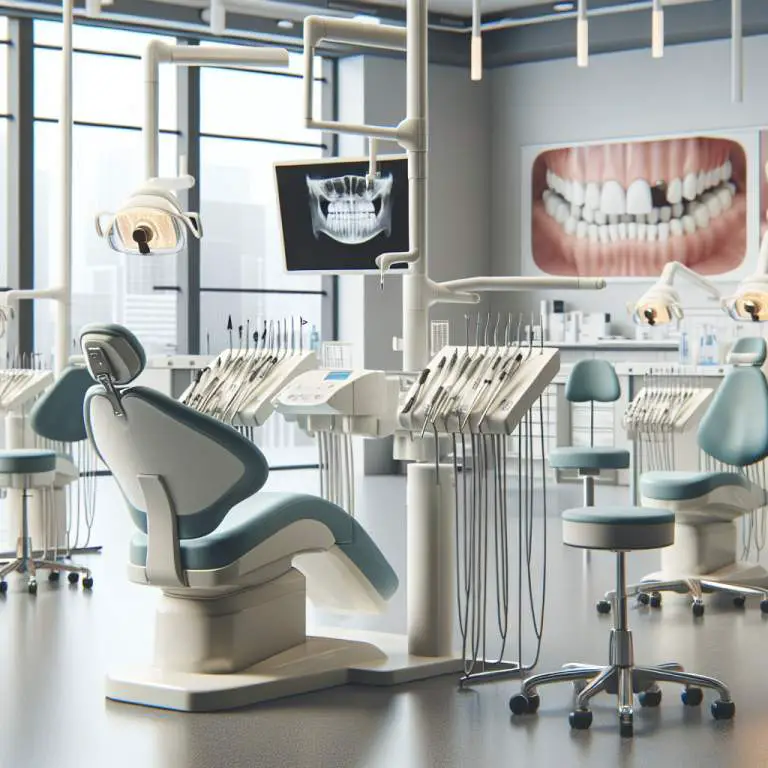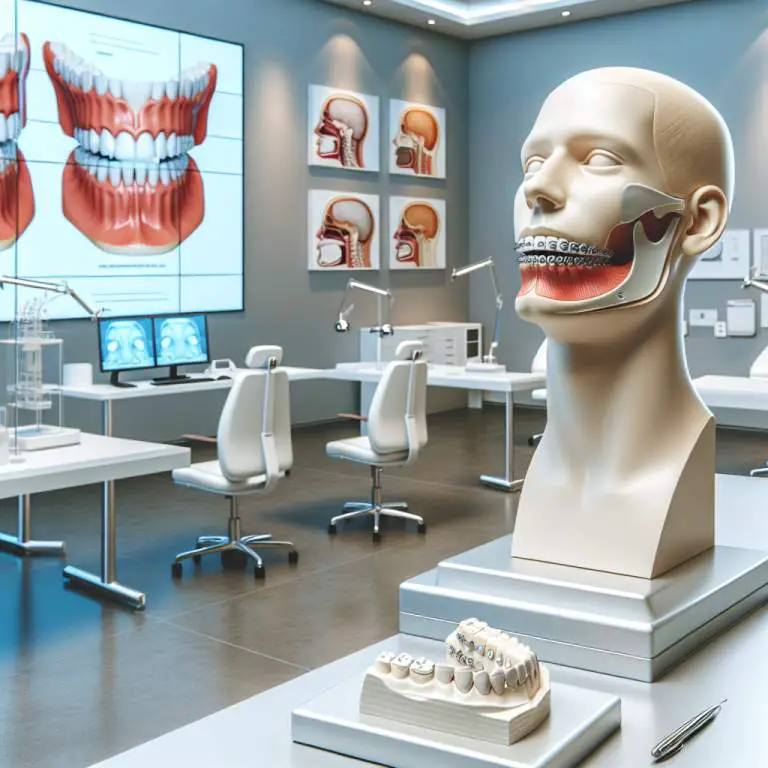Can mewing affect my bite alignment?
Yes, mewing can affect your bite alignment. When you practice mewing correctly by positioning your tongue against the roof of your mouth, it can lead to changes in jaw position and muscle tone. Over time, this may alter how your teeth align when you bite down. However, the impact varies from person to person.

How Does Mewing Work and What Does It Aim to Achieve?
Mewing is a technique that involves placing your tongue against the roof of your mouth. The idea is to keep it there as much as possible, even when you’re not talking or eating. This method was created by Dr. John Mew, who believes that it can help shape the face and jawline.
The main goal of mewing is to improve the way your facial bones are aligned. By pushing up with your tongue, you’re supposed to encourage your jaw and other parts of your face to grow in a more attractive way. People who practice mewing hope to get a sharper jawline and a well-defined face.
Can Mewing Actually Change the Shape of Your Jaw?
Many people wonder if mewing can really change the shape of their jaw. The idea behind it is that constant pressure from the tongue can influence bone structure over time. Since our bones are somewhat flexible, especially when we’re younger, this theory isn’t too far-fetched.
However, changing bone structure significantly would likely take a long time and consistent effort. While some people claim they’ve seen changes in their jawline from mewing, these results aren’t guaranteed for everyone. The effectiveness might vary based on age, genetics, and how correctly someone practices mewing.
What Are the Potential Benefits of Mewing on Dental Health?
Mewing might have some benefits for dental health as well. For starters, proper tongue posture can help with aligning teeth naturally over time. When your tongue rests against the roof of your mouth, it doesn’t push against your teeth which could lead to misalignment.
Additionally, mewing could potentially improve breathing patterns by encouraging nasal breathing over mouth breathing. Nasal breathing is better for overall health because it filters and warms air before it enters our lungs. So besides possibly making our jaws look better, mewing might also contribute to healthier teeth and better breathing habits.
Is There Scientific Evidence Supporting the Effects of Mewing on Bite Alignment?
When it comes to scientific evidence supporting mewing’s effects on bite alignment, there’s not much out there yet. Some orthodontists believe that proper tongue posture can indeed play a role in how our teeth and jaws align because it affects muscle pressure around those areas.
However, comprehensive studies specifically looking at mewing and its impact on dental structures are limited. Most of what we know comes from anecdotal evidence or smaller studies that suggest potential benefits but don’t provide conclusive proof. So while there’s some basis for believing in mewing’s effectiveness, more research is needed to fully understand its impact on bite alignment.
| Aspect | Effect of Mewing | Evidence/Consensus |
|---|---|---|
| Dental Alignment | Potential minor adjustments | Limited studies; anecdotal evidence |
| Bite Changes | Possible changes in bite over time | Mixed opinions; lacks robust scientific backing |
| Jawline Definition | May improve appearance of jawline and chin area | Anecdotal evidence; few studies support this claim |
| Skeletal Changes in Adults | Unlikely to cause significant skeletal changes due to matured bone structure | General consensus among dental professionals; limited evidence for adults |
| Note: Mewing involves positioning the tongue against the roof of the mouth, purportedly affecting facial structure and alignment. Consultation with a dental professional is recommended for concerns regarding dental alignment or bite. | ||
How Should You Properly Practice Mewing to Avoid Negative Effects?
To practice mewing correctly, it’s important to understand the basics. First, your tongue should rest completely flat against the roof of your mouth. This position should be maintained as often as possible throughout the day. It’s not just about pushing hard; it’s about consistency and ensuring all parts of the tongue are engaged.
Secondly, proper posture plays a crucial role in effective mewing. Keeping your back straight and shoulders relaxed helps align your jaw and neck properly. This alignment is crucial for maximizing the benefits of mewing and avoiding any negative effects that might come from incorrect techniques.
What Are the Risks or Downsides of Incorrect Mewing Techniques?
Incorrect mewing techniques can lead to several problems. One common issue is applying too much pressure with only part of the tongue, which can cause uneven muscle development or discomfort. It’s essential to use the entire tongue to avoid these issues.
Another risk involves neglecting overall posture while focusing solely on tongue position. Poor posture can negate the benefits of mewing and even lead to neck or back pain over time. Therefore, maintaining good posture is as important as proper tongue placement.
Can Adults Benefit from Mewing or Is It More Effective for Younger Individuals?
While younger individuals may see more dramatic results from mewing due to their developing bones, adults can still benefit from this practice. For adults, improvements may be more subtle and take longer to appear but can include better breathing, improved jawline definition, and enhanced facial symmetry.
The key for adults is consistency and patience. Since adult bones are no longer growing, changes occur through slight shifts in bone positioning over time. Therefore, adults interested in mewing should commit to long-term practice for best results.
Final Thoughts
Mewing offers a natural way to potentially improve facial structure and dental health when practiced correctly. However, it’s important not to expect overnight miracles. Whether you’re an adult or a younger individual, consistent practice combined with correct technique is essential.
Risks associated with incorrect mewing highlight the importance of educating oneself on proper methods before starting. With patience and dedication, individuals practicing mewing may observe positive changes over time.







